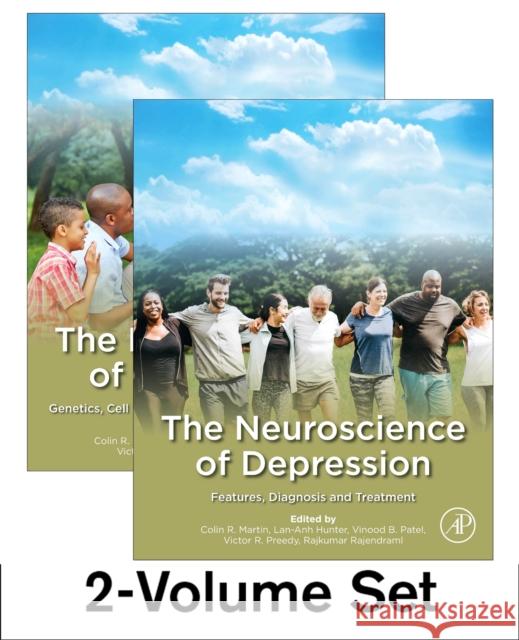The Neuroscience of Depression » książka
topmenu
The Neuroscience of Depression
ISBN-13: 9780128180099 / Angielski / Mixed media product / 2021 / 1166 str.
The Neuroscience of Depression
ISBN-13: 9780128180099 / Angielski / Mixed media product / 2021 / 1166 str.
cena 1209,08 zł
(netto: 1151,50 VAT: 5%)
Najniższa cena z 30 dni: 1158,60 zł
(netto: 1151,50 VAT: 5%)
Najniższa cena z 30 dni: 1158,60 zł
Termin realizacji zamówienia:
ok. 18-20 dni roboczych.
ok. 18-20 dni roboczych.
Darmowa dostawa!
Kategorie:
Kategorie BISAC:
Wydawca:
Elsevier Science Publishing Co Inc
Język:
Angielski
ISBN-13:
9780128180099
Rok wydania:
2021
Ilość stron:
1166
Wymiary:
27.6 x 21.6
Oprawa:
Mixed media product











